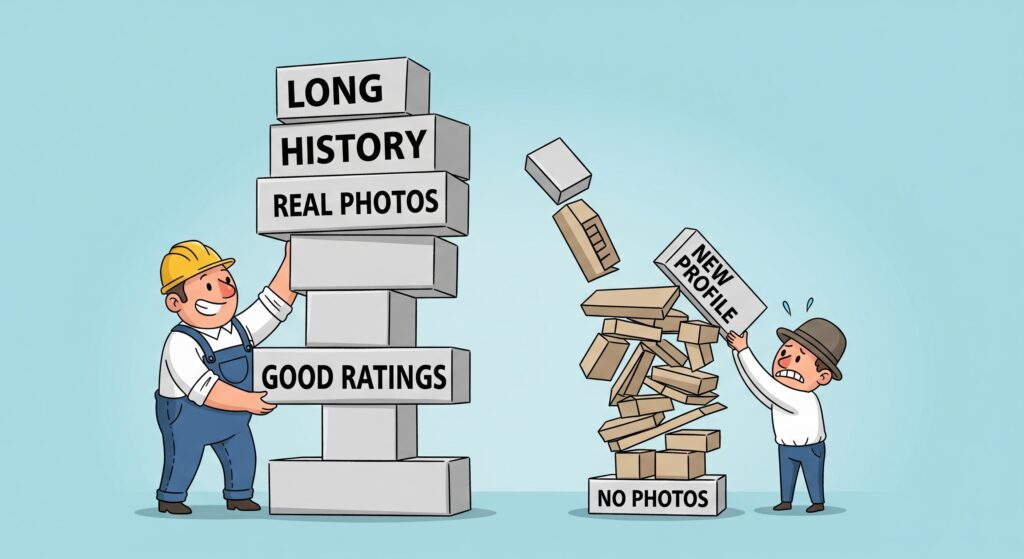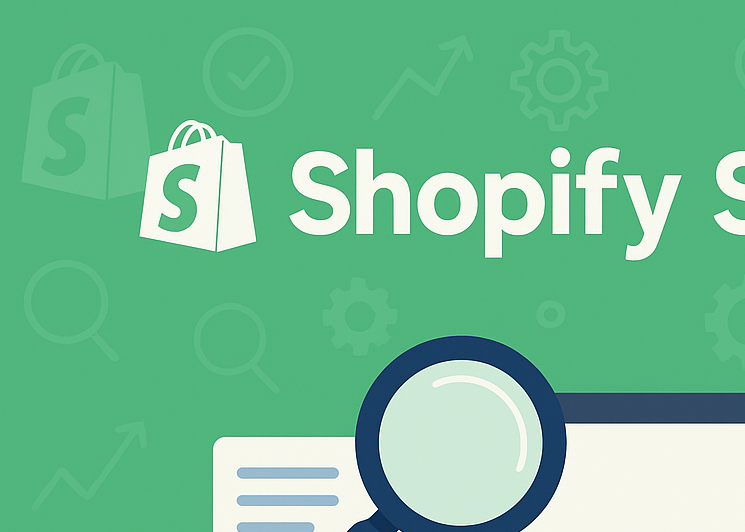Shopify vs Squarespace: Which One Helps You Sell Better in 2025?
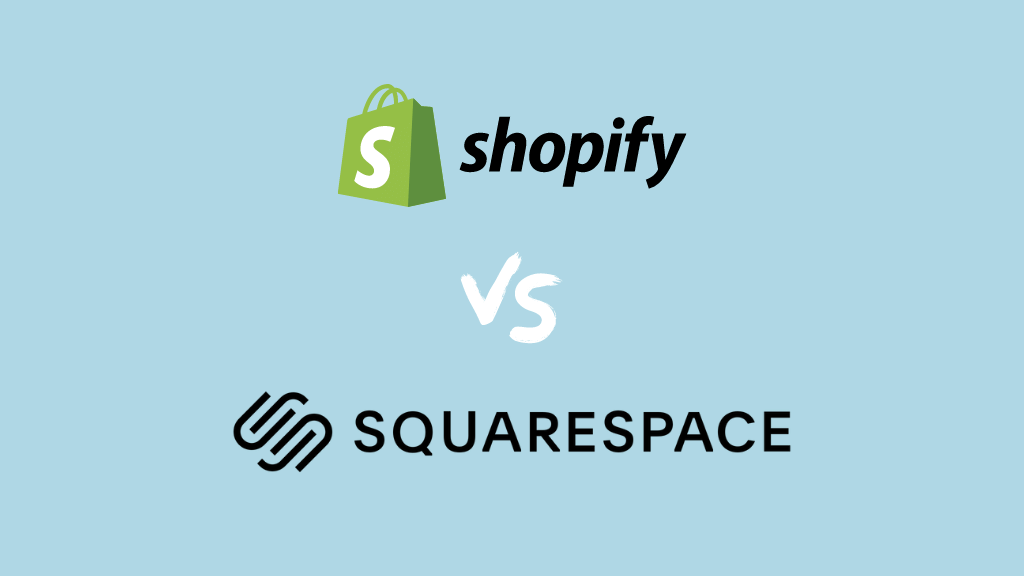
When talking about Shopify vs Squarespace: both are website builders, but they cater to different needs. Shopify excels as an ecommerce platform, offering robust sales features, payment processing, and a wide app marketplace. Squarespace, on the other hand, is known for its user-friendly design tools and beautiful templates, making it a strong choice for businesses focused on visual appeal and service-based offerings.
Here’s a more detailed breakdown:
Shopify
Strengths:
- Ecommerce Focus: Shopify is built specifically for online selling, with features like inventory management, shipping integrations, and secure payment processing.
- Scalability: Shopify can handle large product catalogs and high traffic volumes, making it suitable for growing businesses.
- App Marketplace: A vast selection of apps extends Shopify’s functionality with features like dropshipping, marketing, and analytics.
Weaknesses:
- Cost: Shopify’s pricing can be more expensive, especially for businesses that need many apps or advanced features.
- Design Customization: While Shopify offers templates, design customization might require coding or using specific apps.
- Content Management: Compared to Squarespace, content management can be more complex.
Squarespace
Strengths:
- Ease of Use: Squarespace is known for its intuitive drag-and-drop interface and beautiful templates, making it easy to create a visually appealing website.
- Design: Squarespace excels in design, offering a range of stylish templates and design options.
- Service-Oriented: It’s well-suited for businesses that sell services or digital products, or those who want a strong online presence alongside a physical store.
Weaknesses:
- Ecommerce Limitations: While Squarespace has added ecommerce features, it’s not as robust as Shopify for complex online stores.
- App Limitations: Squarespace has fewer built-in features and relies less on apps than Shopify.
- Scalability: While Squarespace can handle significant traffic, it may not be as scalable as Shopify for very large online stores.
Shopify vs Squarespace: A Quick Overview
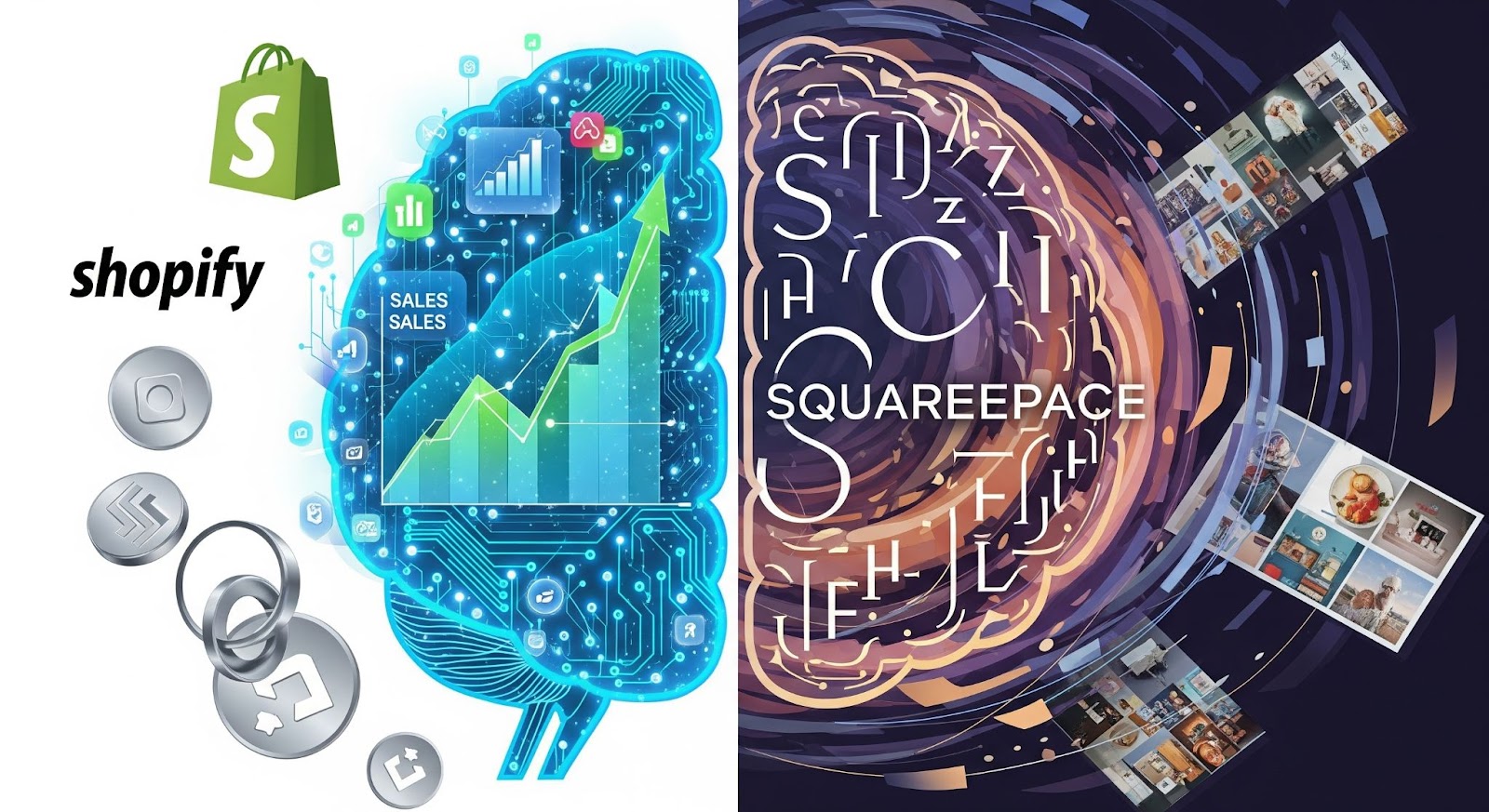
| Feature | Shopify | Squarespace |
| Core Focus | Ecommerce | Design & Service-Based Sites |
| Ease of Use | Moderate (some learning curve) | High (drag-and-drop interface) |
| Templates | Good selection | Stylish, modern, visually impressive |
| Payment Integrations | Extensive (100+ gateways) | Basic (Stripe, PayPal) |
| App Marketplace | 8,000+ apps | Limited built-in tools |
| Scalability | Excellent for growth | Moderate |
| Best For | Product-based businesses, dropshipping | Creative brands, local service sellers |
Shopify vs Squarespace: Key E-commerce Features Compared
Product Management & Checkout
Shopify offers advanced product management tools, including variants, bulk import, and abandoned cart recovery. Squarespace has a clean UI but lacks many inventory and checkout options for scaling ecommerce operations.
App Integrations & Customization
Shopify’s App Store allows integrations with nearly every tool in the ecommerce space—email marketing, CRM, dropshipping, SEO, analytics. Squarespace takes a more all-in-one approach with fewer external integrations.
Inventory, Fulfillment & Multichannel Selling
Shopify supports third-party fulfillment like Amazon FBA, integrates with Facebook/Instagram Shops, and handles multichannel sales better. Squarespace is best for simple product catalogs.
Building a Website on Shopify vs Squarespace
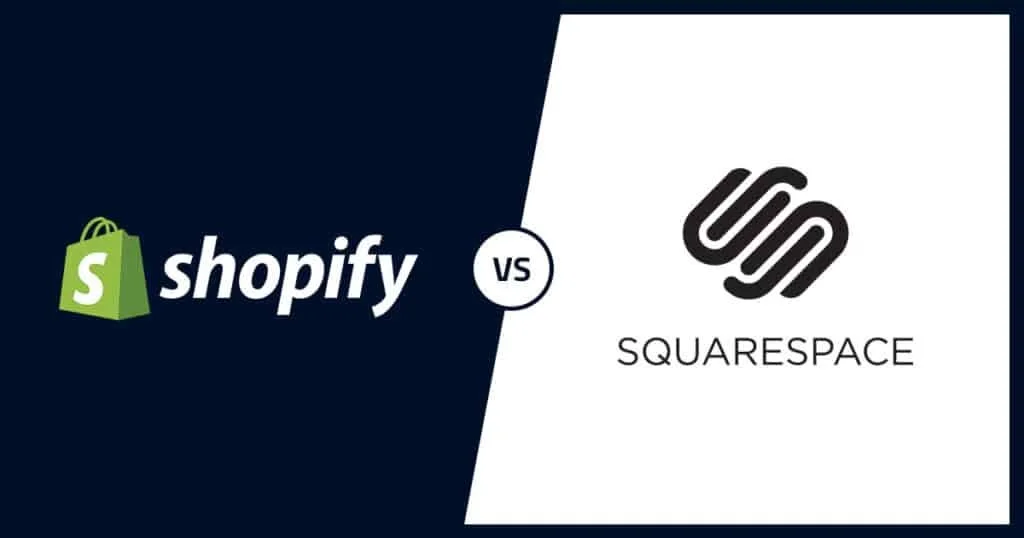
Your website’s design and user experience are critical for building trust and converting visitors. Here’s how the process of building a website on Shopify compares to Squarespace.
Ease of Setup and Use
Squarespace is the undisputed winner for beginners. Its drag-and-drop, section-based editor is incredibly intuitive. You can see your changes live on the page, making the design process feel visual and immediate. You can launch a beautiful, professional-looking site in just a few hours without any technical skills.
Shopify has a steeper learning curve. Its interface is more structured, separating your backend store settings (products, payments, shipping) from the frontend theme customization. While powerful, this dashboard-driven approach requires more upfront configuration before you can focus on design.
Templates and Design Flexibility
Squarespace is renowned for its award-winning, pixel-perfect templates. They are modern, mobile-responsive, and designed with a keen eye for aesthetics, making it the top choice for photographers, designers, artists, and other creative professionals.
Shopify’s templates are clean, professional, and optimized for one thing: converting visitors into customers. They are designed to showcase products effectively and streamline the checkout process. However, making deep customizations beyond basic color and font changes often requires editing code in Shopify’s templating language, Liquid, or hiring a developer.
Shopify vs Squarespace for SEO & Marketing
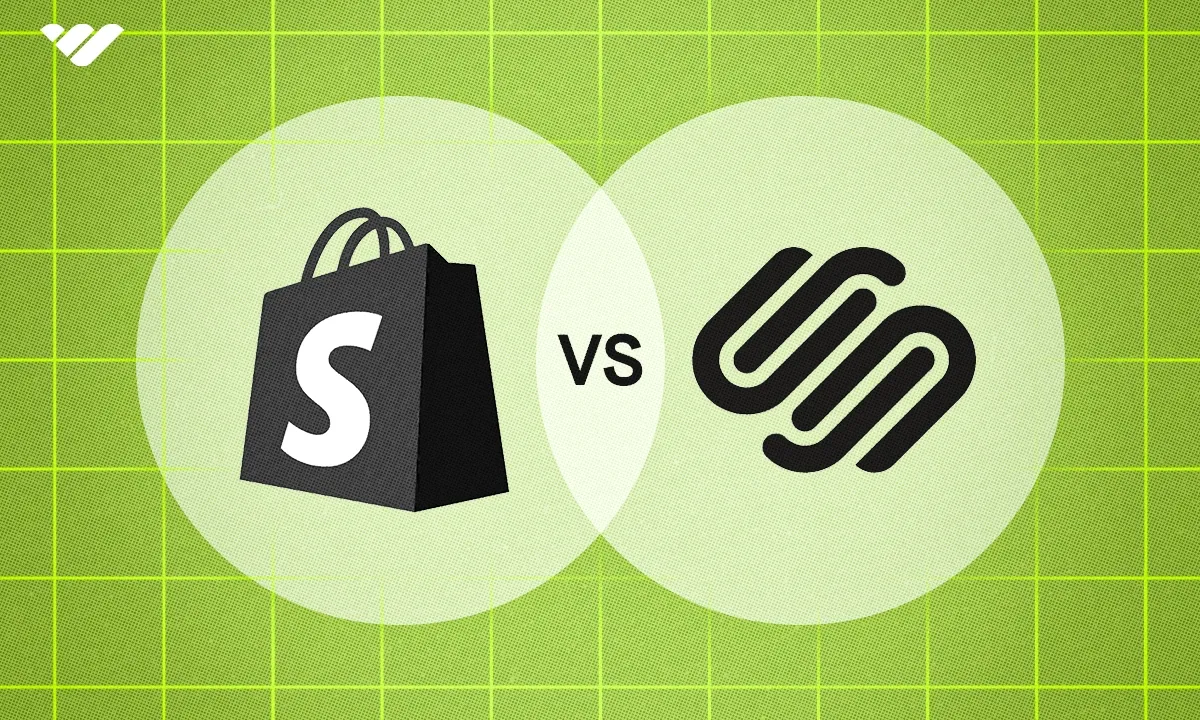
A great store is useless if no one can find it. Both platforms provide the essential tools you need to rank on search engines and market your business.
Search Engine Optimization (SEO) Tools
While both platforms master SEO fundamentals like meta tags and sitemaps, Shopify pulls ahead with technical SEO. Its app store unlocks advanced tools for schema, redirect management, and site audits (e.g., Plug in SEO), providing a crucial advantage in competitive markets.
Blogging and Content Creation
Squarespace excels at content creation, featuring a powerful and intuitive built-in blogging engine ideal for content-heavy businesses. In contrast, Shopify’s blogging tools are functional but basic, often requiring third-party apps to create the visually rich posts that a serious blog needs.
Email and Integrated Marketing Tools
For email marketing, Squarespace offers a convenient all-in-one solution with its built-in “Email Campaigns,” which is great for creating and sending stylish newsletters. Shopify, on the other hand, focuses on deep integration. It connects flawlessly with advanced automation platforms like Klaviyo and Omnisend, giving sellers access to powerful tools for personalization, behavioral segmentation, and customer win-back flows that are vital for scaling revenue.
Shopify vs Squarespace:Cost Breakdown
For many, the final decision comes down to price. While Squarespace appears more affordable on the surface, the true value depends on your needs.
| Plan Tier | Shopify Monthly Price (USD) | Squarespace Monthly Price (USD) |
| Basic Plan | $39 | $25 |
| Mid-Tier Plan | $105 | $36 |
| Advanced Plan | $399 | $65 |
Note: Prices reflect standard rates as of mid-2025 and may vary.
While Squarespace is more affordable upfront for simpler sites, Shopify’s higher price includes superior built-in sales tools and a vast app store. Just be sure to factor in Shopify’s potential costs from transaction fees and premium apps.
Shopify Alternatives Worth Exploring
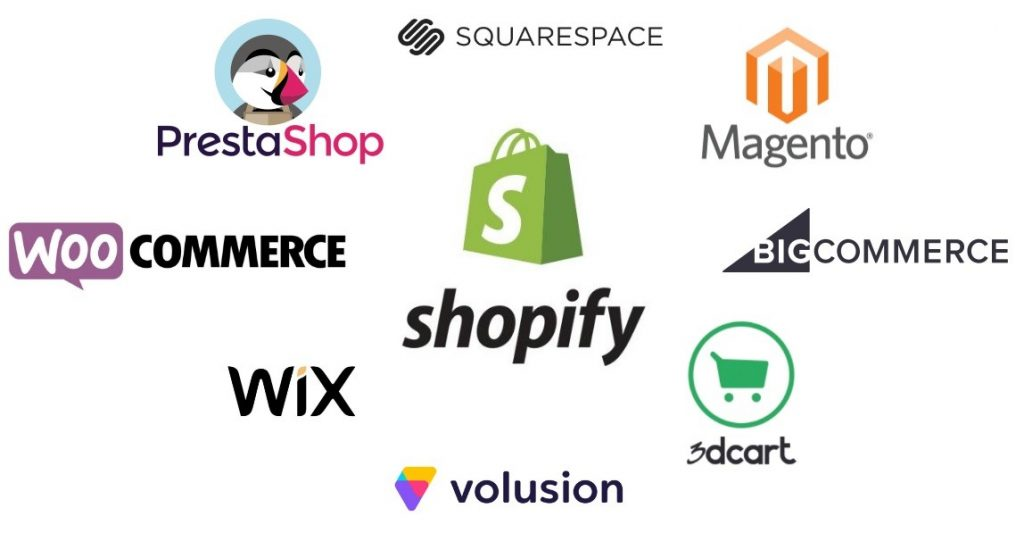
If neither Shopify nor Squarespace feels like the perfect fit, it’s worth considering some other excellent platforms. Here are a few popular shopify alternatives:
- Wix: A solid middle-ground option that blends Squarespace-like design freedom with stronger ecommerce features.
- BigCommerce: A scalable Shopify competitor with more built-in features, reducing the need for paid apps.
- Webflow: The top choice for designers, offering unmatched visual control but with a steep learning curve.
- WooCommerce: A free, powerful plugin for WordPress users. It offers full customization but requires you to manage your own hosting and security.
Final Verdict — Which One Helps You Sell Better?
After comparing Shopify vs Squarespace, the right choice depends entirely on what you are selling and your long-term goals.
| Platform | Best For |
| Shopify | Product sellers, scaling ecommerce, dropshipping, multichannel retail |
| Squarespace | Service businesses, creatives, portfolios, visual branding, small stores |
Choose Shopify if:
- Your primary focus is selling physical or digital products.
- You need powerful inventory management, shipping, and tax tools.
- You plan to scale your business and sell across multiple channels.
Choose Squarespace if:
- You want a stunningly designed website without touching a line of code.
- You’re primarily selling services, showcasing a portfolio, or running a content-driven business.
- You have a small, simple product catalog and don’t need advanced ecommerce features.
Conclusion
In the end, the Shopify vs Squarespace decision is a trade-off between power and simplicity. Shopify is the undisputed champion for building a scalable, feature-rich ecommerce business designed for pure selling. For those who value stunning design, ease of use, and are focused on services or a smaller product offering, Squarespace provides an elegant and effective solution. Whichever path you choose, both platforms are excellent tools capable of helping you build a successful online presence in 2025 and beyond.
FAQs
Which platform is best for SEO? Shopify excels at technical SEO through its apps, while Squarespace’s superior blogging makes it better for content-driven SEO.
Is Squarespace good for selling products? Yes, for small stores with simple inventories. For scaling with large or complex product catalogs, Shopify is the more robust choice.
Can I switch from Squarespace to Shopify? Yes, you can migrate your store data using dedicated third-party apps and tools that automate the process.
Is Shopify beginner-friendly? Yes, but it has a steeper learning curve than Squarespace. Its extensive documentation and 24/7 support make it manageable for new users.
